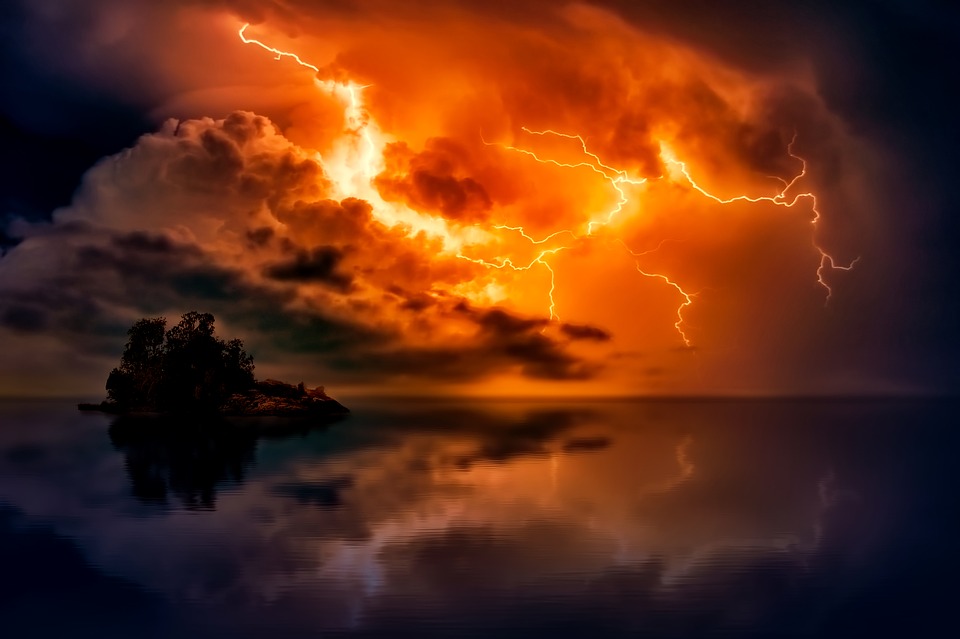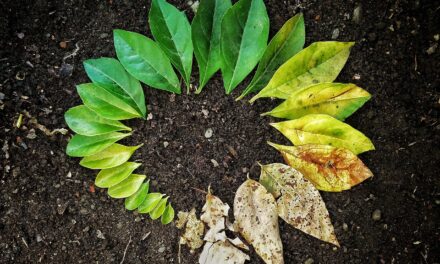“I’d like one ticket, please,” I tell the man at the train station counter.
“Traveling alone, ma’am?” he inquires. “Yes,” I reply. “I want one ticket for the women’s car on the train.”
“First or second class, ma’am?” “Second,” I answer. I pull out the necessary payment in Indian rupees from my back pocket, then take my ticket. I pick up my blue backpack and walk toward the platform.
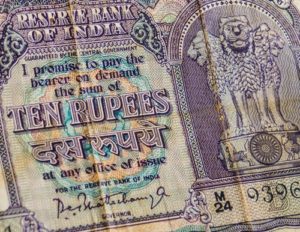
I’m nineteen years old and I’m traveling alone in India, as a student and a volunteer. Having just spent a week volunteering with an organization working to improve water quality and education in impoverished villages of Andhra Pradesh, I am now on my way north. After stopping in New Delhi, I’ll catch a bus to the city of Kullu, nestled in the foothills of the Himalayas. I’m heading to a meditation center, where I’ll be studying yoga, meditation, and Hindu philosophy for the next few months.
I don’t mind traveling second class. I don’t mind the sweltering heat or the occasional chickens that are shepherded onto the train as we rumble through hours and hours of seemingly endless farmland. I do prefer traveling in the women’s car, a train car specifically set aside for women traveling alone. I enjoy the safety of sisterhood, and while most of the women who will accompany me on my two- day journey don’t speak English, that doesn’t mean we don’t connect. Smiles are shared, as is the occasional photo. I’m offered mangoes and chapati, a type of Indian bread.
Sometimes the women’s car is full. Sometimes only a few of us journey along over bumpy train tracks.
 I spend my time writing and praying. At points, both the beauty of the land and the poverty of the people move me to tears.
I spend my time writing and praying. At points, both the beauty of the land and the poverty of the people move me to tears.
The thing about second class is that very few train officials ever come through to check tickets or the safety of the passengers. But entering the outskirts of New Delhi, we are stopping much more frequently, and I see police and train officials on the platform when we pull up to the various stations. My stop is coming up, too, so I keep a lookout.
For some reason, the women’s car is almost empty. Perhaps it is used mostly in rural areas. Perhaps in the city, women traveling alone just mix more easily with the general population of travelers. There’s only one woman sharing this car with me as we head into India’s capital city. She speaks English and we’ve enjoyed each other’s company for the past three hours, but her stop is coming up. We say our good-byes and she departs.
I sit alone. The women’s car is empty. It’s just me. And then it’s not just me. Three men enter, along with the pungent and unmistakable energy of fear.
The men walk into the women’s car and sit down. I wonder, Don’t they know this is the women’s car?
Two of the men sit down on my left, blocking my exit. The last man, who appears to be in charge of the group, sits right across from me. He leers at me shamelessly. He is far too close.
This isn’t good.
Shit, I say to myself. I am no longer safe. I know it. My guts know it. Get out of here, Amy. There’s a reptilian wisdom to fear and it is speaking to me. I look out the window. What should I do?
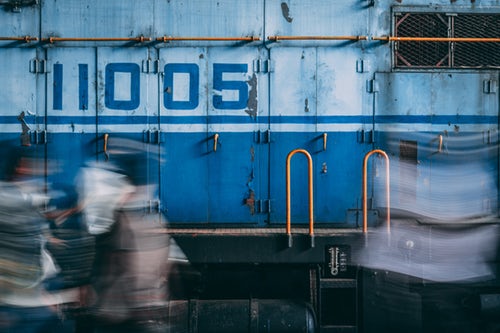
At first, I ignore the fear. Even to this day, I don’t know why. I try to talk myself out of it. Take a deep breath. It’s going to be okay, I say to myself. I want to believe my soothing self-talk. I want to believe that I am not in this situation.
I turn my attention back to the landscape. I try to return to the previous sense of peace I felt watching the world go by through the screenless open window. Perhaps my intuition is wrong, I think. Perhaps their intentions are harmless.
I decide to look at the man across from me in the eyes. Perhaps he is friendly. I smile.
He doesn’t smile back. Instead, he puts his hand on his crotch.
Fuck. I’ve got to get out of here. I gather my strength. I know what I need to do. I stand up and grab my backpack. I must leave this car. Now.
The man sitting across from me also stands up. For the briefest moment, we stand looking at each other, face-to-face. Then, he pushes me back down, hard. The force of his assault knocks the breath out of me. He reaches for his pants and begins unzipping them. The two men on my left block my way out.
Now fear takes over, and I let it. I let the primal, self-preserving energies rush forth. My flight and fight energies take over, full force. I am not going to let this happen. I will fight with every ounce of my strength.
And I do. I push back. I yell loudly. I am suddenly filled with a great force and power. This startles the men. I push back against them, hard.
As this happens, I realize that the train has stopped. We are at yet another outskirt station as we make our way into the capital city. Somehow, I break their hold on me and I rush to the open window across the aisle from my seat. I reach my arm out for help. The train platforms are very crowded and I am reaching out to grab the arm of someone, anyone.

“Help me!” I shout very loudly, over and over again. I grab the shoulder of a train official who, by grace or random good luck, happens to be right within my reach. I grab his shoulder and shake him hard.
“Help me!” He hears me. He looks inside the train car and sees what is happening. He shouts in Hindi at the men.
The attackers run to the opposite exit door, and escape. As I watch them, I am filled with the most exquisite hate. If I had been holding a gun in that moment, I have no doubt there would have been three dead men lying in a pool of their own lustful blood right in front of me; their deaths my proud doing. The intensity of my hatred startles me. I’ve never felt any- thing like it before; I’ve certainly never wanted to kill another person. But then I’ve never felt such fear. I’ve never been attacked by a group of dangerous men. Tears pour down my face.
“Are you all right, ma’am?” the train official asks. I nod my head slowly. “Yes,” I answer. I wipe my eyes and turn to him: “Thank you. Thank you so much.”
It’s been over twenty years since I was that young woman who survived an attempted sexual assault in an empty women’s car on an Indian train. I’ve had a lot of time to reflect upon the memory of that event and I’ve learned a great deal from it, when it comes to being with people who are dying.
Let me explain.
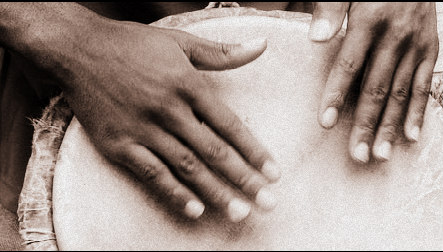
Imagine a circle of women sitting together. Now imagine a single woman sitting in the center of the circle, her eyes closed. Those gathered around her gently drum on the ground so as to purposefully obscure her sense of sound. Their task is to help train her. She must strengthen her trust in her intuition. As part of this training, one of the women in the outer circle will move toward the woman in the circle with menace. The menace isn’t indicative of real harm, but, for a moment, it must be projected as such so that the woman in the center can feel it. Her task? As soon as she senses the energy of assault coming her way, she must point with confidence in the direction from which it is coming, shout “Stop!” very loudly, and open her eyes.
I’ve sat in such a circle. I’ve done this training. Prior to the encounter on the train, I had taken a six-week-long women’s self-defense course offered at my college. The instructor helped all of the women gathered to respond to the energies of fear with intuitive confidence and wisdom. Over and over again, we practiced physical defense moves. We yelled. We hit. We were even able to use our full force against padded attackers. And one day, we sat in a circle as I’ve described above. Each one of us, with eyes closed and hearing obscured, sat still. We were asked to calm the mind and be open to feeling a shift in energy around us. Once that subtle shift was perceived and the energy of fear or threat was felt, we were to confidently point, powerfully shout, “Stop!” and open our eyes.
My self-defense class consisted of at least fifteen women. Not one of us—not one—pointed in the wrong direction during our circle exercise. Each one of us could feel where the manufactured threat was coming from and respond confidently by pointing with a clear and forceful “Stop!” in the correct direction. This occurred because we were calm enough and still enough inside to notice. Each one of us got it right, the first time, 100 percent.

Had I not taken this course prior to traveling alone in India, I am certain that my reaction to those three ugly men would have been more muddled. It was already delayed—my fear was speaking to me as soon as they sat down, but I initially ignored it. I imagine I would have ignored it longer had I not had the training described above.
How does this relate to death? How does this relate to holding space for the dying and bereaved?
Until we work with our own fears and learn to trust our body’s powerful and innate wisdom, we will struggle to be present to the fears of another. Until we learn to calm and center, we will struggle to clearly see what is actually happening around us. Until we learn to lean into, and integrate, the powerful energies of hatred, resistance, and the urge to harm—energies that reside in every human being—it will be hard to hold space for these powerful shadows when they arise, as people face the prospect of their own annihilation.
Furthermore, we can better serve those standing at the threshold of loss when we undergo formal trainings ourselves, through skillful mentorship, through practice in safe spaces, and by studying the expertise of those seasoned in this field.
Fear is a foundational energy. It opens us to primal impulses rooted in the basic imperatives of physiological survival. Fear is designed to protect us, to act as a warning. Like a lighthouse in the night, such signals of warning, if wisely heeded, help us steer clear of true and present dangers.
Yet fear also leaves a sticky residue in our neurobiology, following a dangerous and difficult encounter that has yet to be integrated. Post-traumatic stress syndrome, anxiety disorders, obsessive worries, and jolting triggers of past traumas are all examples of fear’s spawning nature. It takes very skillful means to unravel such fears, as they often lead us into the corridors of difficult memories, memories that we would rather not face— memories that can haunt us as we courageously stand at the deathbed of those who have harmed us.
 I imagine we all are tempted at times to ignore the hard work of investigating the inner world. We can numb out and be distracted by a rather long list of addictions. (Overworking is my numbing agent of choice.) Yet few can fully avoid facing the fear of death. That kind of fear, that abhinivesh, bears the bitter fruit of many tangled and more specific fears. For example, consider the fear of dying with great regret. Consider the fear of pain or suffering. Consider the fear of living life with a body that no longer functions well, if at all. Furthermore, terminal diseases often do feel like marauders that assault us in the night.
I imagine we all are tempted at times to ignore the hard work of investigating the inner world. We can numb out and be distracted by a rather long list of addictions. (Overworking is my numbing agent of choice.) Yet few can fully avoid facing the fear of death. That kind of fear, that abhinivesh, bears the bitter fruit of many tangled and more specific fears. For example, consider the fear of dying with great regret. Consider the fear of pain or suffering. Consider the fear of living life with a body that no longer functions well, if at all. Furthermore, terminal diseases often do feel like marauders that assault us in the night.
How do we respond to the onslaught of terrifying medical news? What about saying good-bye to those we love, especially the very young? What about the fear of outliving our children? Consider the terror of ego annihilation. For many, one of the central fears in death and dying relates to the question of the presence or absence of an afterlife. Will our consciousness somehow live on even when the brain and body cease to function?
When people face the very real prospect of their own dying, they face these fears and many more. They often freeze—as I initially froze on the train. The act of holding space brings warmth to the freezing. It thaws the heart and softens the harsh and violent edge of fear. The act of holding space creates a circle of care around an individual that says, I see you and I bear witness to your journey. I am here with you and I will companion as you as you calmly name, navigate, and work with your fears. I am here with you if you need to shout, bravely identify a threat, and fight as you safeguard what is precious.
As a chaplain, I’ve sat with people whose lives were turned upside down by a single routine test, be it a mammogram or blood work. I’ve watched people cry out for “Help!”—reaching for any kind hand to hold as they work with the panic of an unexpected visit to the emergency room. I’ve been present with couples struggling with the very real pain of betrayal— leading to the end of a treasured intimate relationship.
There is fear in dying, no matter if it is the death of the body or the death of a chapter in one’s life. The work of being a doula and a chaplain means cozying up to fear, getting to know it, sitting with its metal taste in the mouth and its gut- ripping grip. It also means expanding beyond the fear, and we can only do this well for others if we can do this for ourselves. Gratefully, the work of holding space for my own personal fears usually doesn’t happen in the presence of danger. My train ride in India aside, I struggle, like most of us do, with mundane daily fears—the fear of failure, the fear of hurting someone’s feelings, the fear of speaking my truth, the fear of being wrong. On good days, as I cultivate the courage to face these fears, I find a quiet place in the house. I lie down on the floor. I scan through my body with awareness and nonjudgment. I notice places of holding and places of ease. I feel my body breathing and I focus on each inhale, and each exhale. On good days, I welcome the fear home into the love of my heart, as a mother would welcome a fearful child into her embracing arms. I’ve always found that love is big enough, strong enough, and more powerful than I’d imagined.
Love can hold space for fear. While it can be very difficult to pause and be present to what frightens us, the practice is well worth the effort. Instead of freezing, fleeing, ignoring, or medicating our fears, we can start to integrate the great energy that is awakened when the anticipation of future pain is activated. We can notice fear’s presence, breathe into our bodies, take stock of what is around us, and act with great courage to safeguard what is precious.
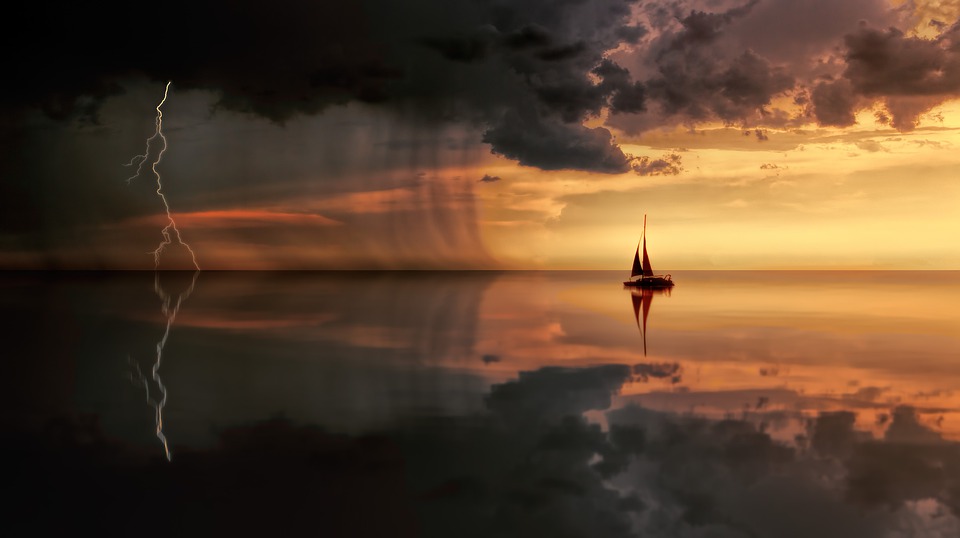
Excerpted from Holding Space: On Loving, Dying, and Letting Go. Copyright 2017, Parallax Press.

